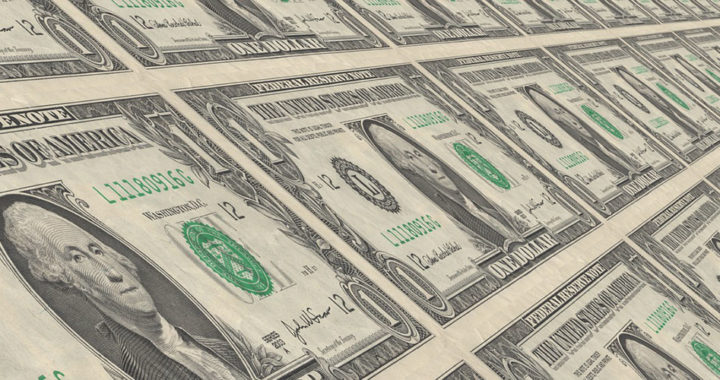A monetary policy is a macroeconomic tool used by governments through their respective monetary authorities to influence economic growth. Take note that depending on the country, a monetary authority can either be a central bank, a currency board, or another government-appointed regulatory body.
The primary purpose of a monetary policy is to expand or contract the economy by managing the money supply and interest rates. Hence, a monetary policy can either be an expansionary policy, particularly when a monetary authority uses it to drive economic activities and stimulate economic growth, or a contractionary policy, particularly when it is used to slow down economic activities.
What is the Purpose of Monetary Policy?
Nevertheless, the following are more specific purposes, as well as the goals and objectives of a monetary policy:
• Grow or shrink the money supply and thus, influence the liquidity of commercial banks using either one or all of three monetary policy instruments: open market operations, discount rate, and the reserve requirements
• Influence the liquidity of commercial banks or the availability of their cash to encourage lending and borrowing activities in the economy and thus, lower down the interest rate.
• A monetary policy can also decrease the availability of cash of commercial banks, that discouraging lending and borrowing activities in the economy and thereby, increasing their interest rates
• By influencing the liquidity of commercial banks positive or negatively, a monetary policy either indirectly increases or lowers interest rates, as well as encourages or discourages lending and borrowing activities in the economy
• Influence competition among commercial banks by increasing the money supply that in turn, would compel banks to lower interest rates to attract customers and encourage them to borrow money
• The specific monetary policy instrument called the “discount rate” can either encourage or discourage commercial banks from borrowing money from central banks because it essentially means increasing or decreasing interest rates of these borrowed money
• Stimulates economic activities by encouraging lending and borrowing activities because as commercial banks become more liquid, they can hand out more cash to more borrowers that in turn, can be used to purchase commodities or expand business activities
• Increase aggregate demand allowing commercial banks to hand out more cash to borrowers and thus, encouraging borrowing activities for consumption and expansion of businesses
• Controls the inflation rate either through its indirect effect on interest rates because raising the interest rate can slow down economic activities that in turn, lower down inflation rate while decreasing the interest rates can accelerate economic activities that would result in an increase in the inflation rate
• Promotes the buying power of consumers or encourages consumption in the society by lowering down interest rates and thus, making loans or credits available via commercial banks
• Supports business activities due to its ability to influence lower interest rates, particularly by allowing these businesses to borrow money from banks for expansion or encouraging consumption in the society





